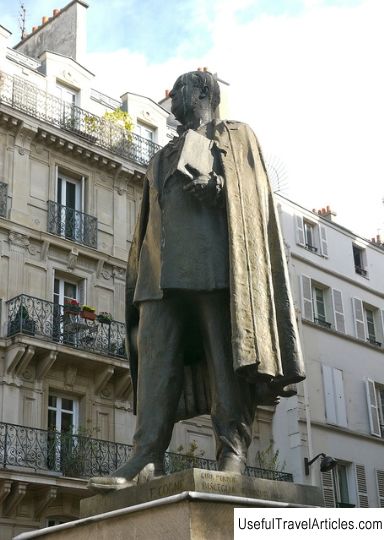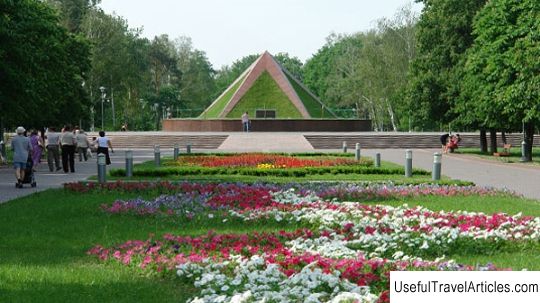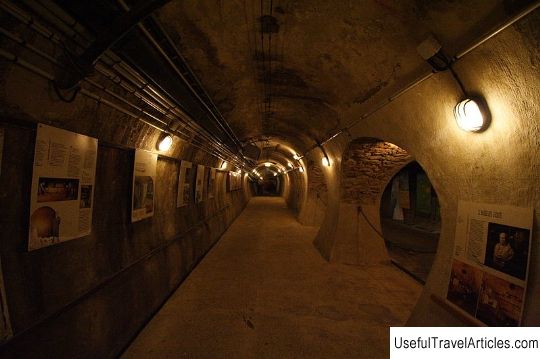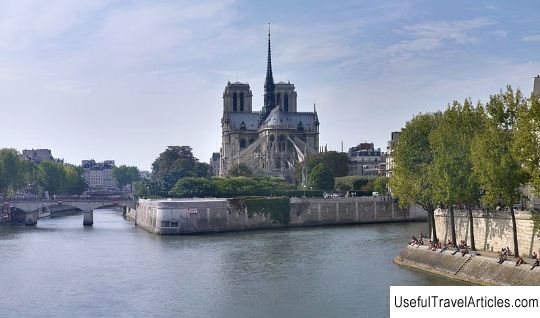Monument au baron Haussmann description and photos - France: Paris
Rating: 8,6/10 (3180 votes) Monument au baron Haussmann description and photos - France: Paris. Detailed information about the attraction. Description, photographs and a map showing the nearest significant objects. The title in English is Monument au baron Haussmann. Photo and descriptionThe monument to the man who was called the destroyer of Paris during his lifetime stands on the corner of Boulevard Haussmann and Rue Laborde. The bronze Baron Haussmann, one of the greatest urban planners of the 19th century, who defined the modern face of Paris, looks at his handiwork with a smile. He has a folder under his arm - probably with drawings. Before Haussmann, Paris was a medieval city with narrow crooked streets and a backward communal system. The Baron decisively transformed the capital, transforming it into a modern metropolis. There was even a term - “the rationing of Paris.” Georges Eugene Haussmann was born in Paris into a Protestant family with German roots. He made a career as an official, in 1853 he received the post of prefect of the Seine department. The rise of the baron's career coincided with important events in the history of France. The country's first president, Louis-Napoleon Bonaparte, staged a coup d'etat and became the third emperor of the French. The rapid development of industry began, the country entered an era of economic prosperity. The Emperor sought to turn Paris, following the example of London, into a modern city. In addition, the three French revolutions showed that Parisians quickly build barricades in narrow streets, leading to protracted street fighting. The prefect of the capital has already shown his energy by remodeling the Bois de Boulogne for Parisian walks. For the reshaping of Paris, Georges Haussmann received unlimited powers from the emperor - a special law was passed on the seizure of any land and buildings in the interests of the city's reconstruction. The prefect attracted talented engineers to the case and developed a plan for a radical restructuring of the city's street network. Instead of crooked streets, wide, straight avenues and boulevards were built. Their width reached 30 meters - this was new for the townspeople. Thousands of medieval houses without communal amenities were mercilessly demolished, replaced by modern dwellings with running water and bathrooms. Squares appeared in every quarter, and large parks within the city. The poor left the center of Paris, and the wealthy people settled here. The consequences affected during the Paris Commune - government troops managed to quickly suppress the forces of the Communards. In 1870, the empire was replaced by the republic, Osman resigned. But the city continued to live according to the plans of its reformer: the last boulevard was completed in 1926.   We also recommend reading Cementerio de Montjuic description and photos - Spain: Barcelona Topic: Monument au baron Haussmann description and photos - France: Paris. |





